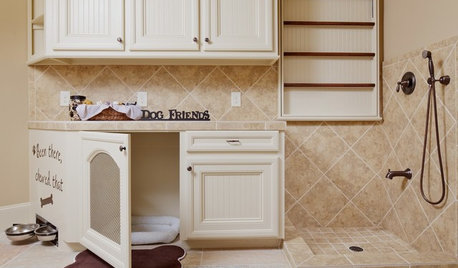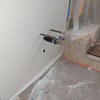Household water pressure....what's safe?
asolo
15 years ago
Featured Answer
Comments (29)
lazypup
15 years agolast modified: 9 years agoasolo
15 years agolast modified: 9 years agoRelated Professionals
North New Hyde Park Handyman · Holden Kitchen & Bathroom Remodelers · Bay Shore Kitchen & Bathroom Remodelers · Cleveland Kitchen & Bathroom Remodelers · Fort Washington Kitchen & Bathroom Remodelers · Glendale Kitchen & Bathroom Remodelers · Hunters Creek Kitchen & Bathroom Remodelers · Jacksonville Kitchen & Bathroom Remodelers · Las Vegas Kitchen & Bathroom Remodelers · Port Angeles Kitchen & Bathroom Remodelers · Port Arthur Kitchen & Bathroom Remodelers · South Barrington Kitchen & Bathroom Remodelers · Spanish Springs Kitchen & Bathroom Remodelers · Upper Saint Clair Kitchen & Bathroom Remodelers · Glenn Heights Kitchen & Bathroom Remodelerslazypup
15 years agolast modified: 9 years agoasolo
15 years agolast modified: 9 years agohendricus
15 years agolast modified: 9 years agolazypup
15 years agolast modified: 9 years agozl700
15 years agolast modified: 9 years agoasolo
15 years agolast modified: 9 years agoasolo
15 years agolast modified: 9 years agoasolo
15 years agolast modified: 9 years agoUser
15 years agolast modified: 9 years agoasolo
15 years agolast modified: 9 years agohendricus
15 years agolast modified: 9 years agoasolo
15 years agolast modified: 9 years agoasolo
15 years agolast modified: 9 years agofa_f3_20
15 years agolast modified: 9 years agoTom Pultz
15 years agolast modified: 9 years agoasolo
15 years agolast modified: 9 years agoTom Pultz
15 years agolast modified: 9 years agolazypup
15 years agolast modified: 9 years agoasolo
15 years agolast modified: 9 years agomtaccogna_hotmail_com
13 years agolast modified: 9 years agolshretired_wowway_com
12 years agolast modified: 9 years agomoschlegel_safe-mail_net
12 years agolast modified: 9 years agojayriebe2
8 years agocapedude
8 years agokudzu9
8 years agolast modified: 8 years agorolfefrost
7 years ago
Related Stories

MOST POPULAR33 Magic Household Cleaning Tips
Houzzers from around the world share their tips for transforming housework into child’s play
Full Story
Common Household Cleansers for Leather Upholstery
Clean and condition your leather sofa, chairs, handbags and more with ingredients already in your cabinets
Full Story
DECORATING GUIDESEasy Reference: Standard Heights for 10 Household Details
How high are typical counters, tables, shelves, lights and more? Find out at a glance here
Full Story
PETSThe Crate Conundrum: A Safe Place for Your Pooch
Get ideas for a comfy den for your dog that works well with your space too
Full Story
SAVING WATER11 Ways to Save Water at Home
Whether you live in a drought-stricken area or just want to help preserve a precious resource, here are things you can do to use less water
Full Story
LIFEThe Top 5 Ways to Save Water at Home
Get on the fast track to preserving a valuable resource and saving money too with these smart, effective strategies
Full Story
HEALTHY HOMEHow to Choose a Home Water Filtering System
Learn which water purification method is best for your house, from pitchers to whole-house setups
Full Story
GREEN BUILDINGWater Sense for Big Savings
Keep dollars in your pocket and preserve a precious resource with these easy DIY strategies
Full Story
LIFEHow to Prepare for and Live With a Power Outage
When electricity loss puts food, water and heat in jeopardy, don't be in the dark about how to stay as safe and comfortable as possible
Full Story
HEALTHY HOMEGet the Lead Out: Lead Safety at Home
Keep your family safe by properly testing for and dealing with lead in old painted surfaces, water and soil
Full Story






User